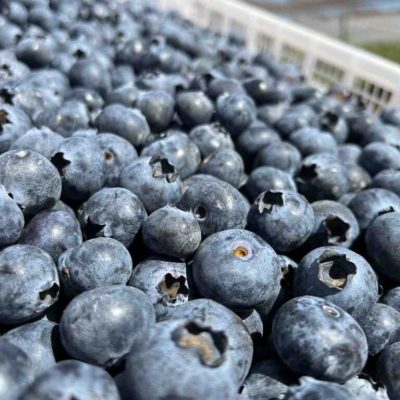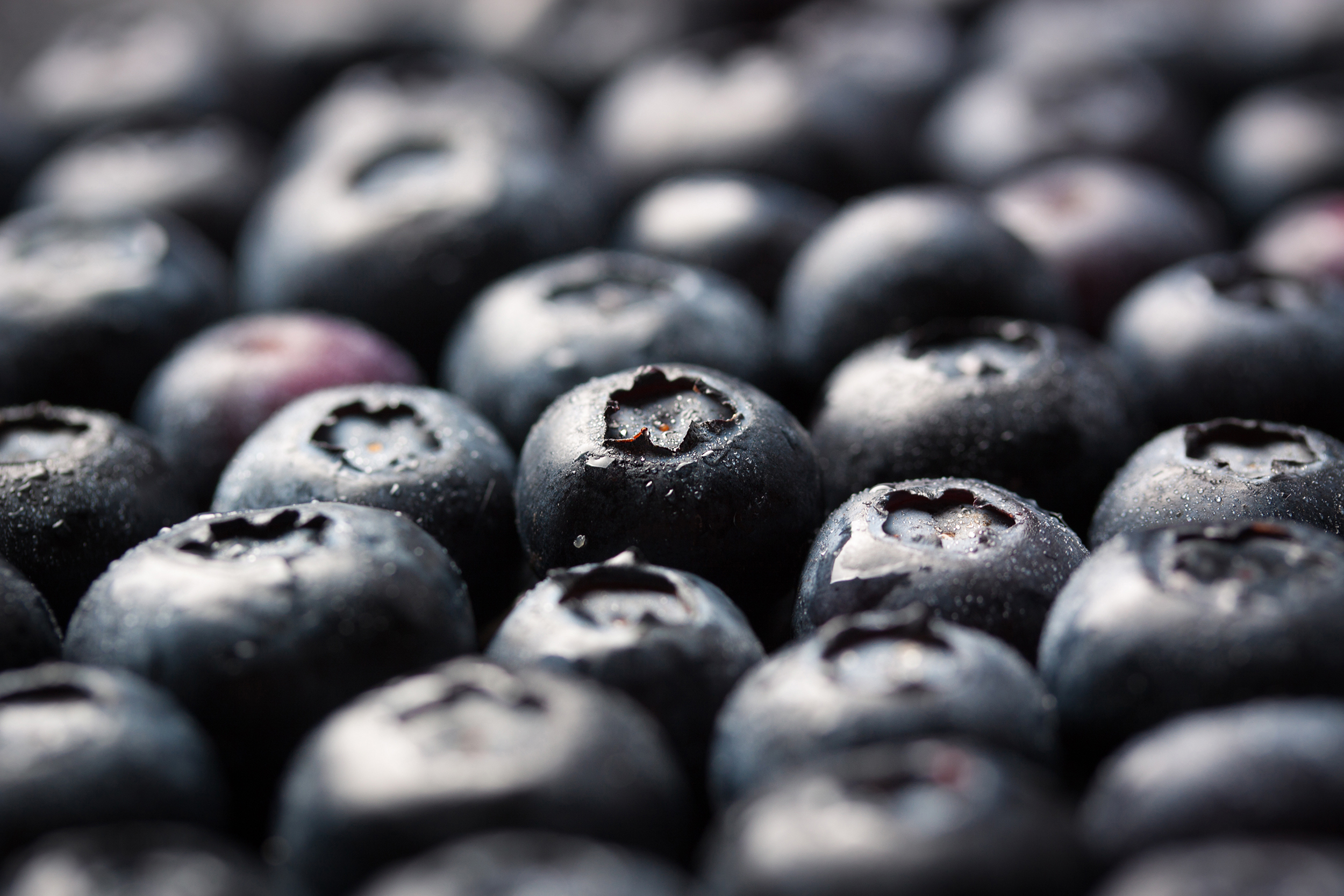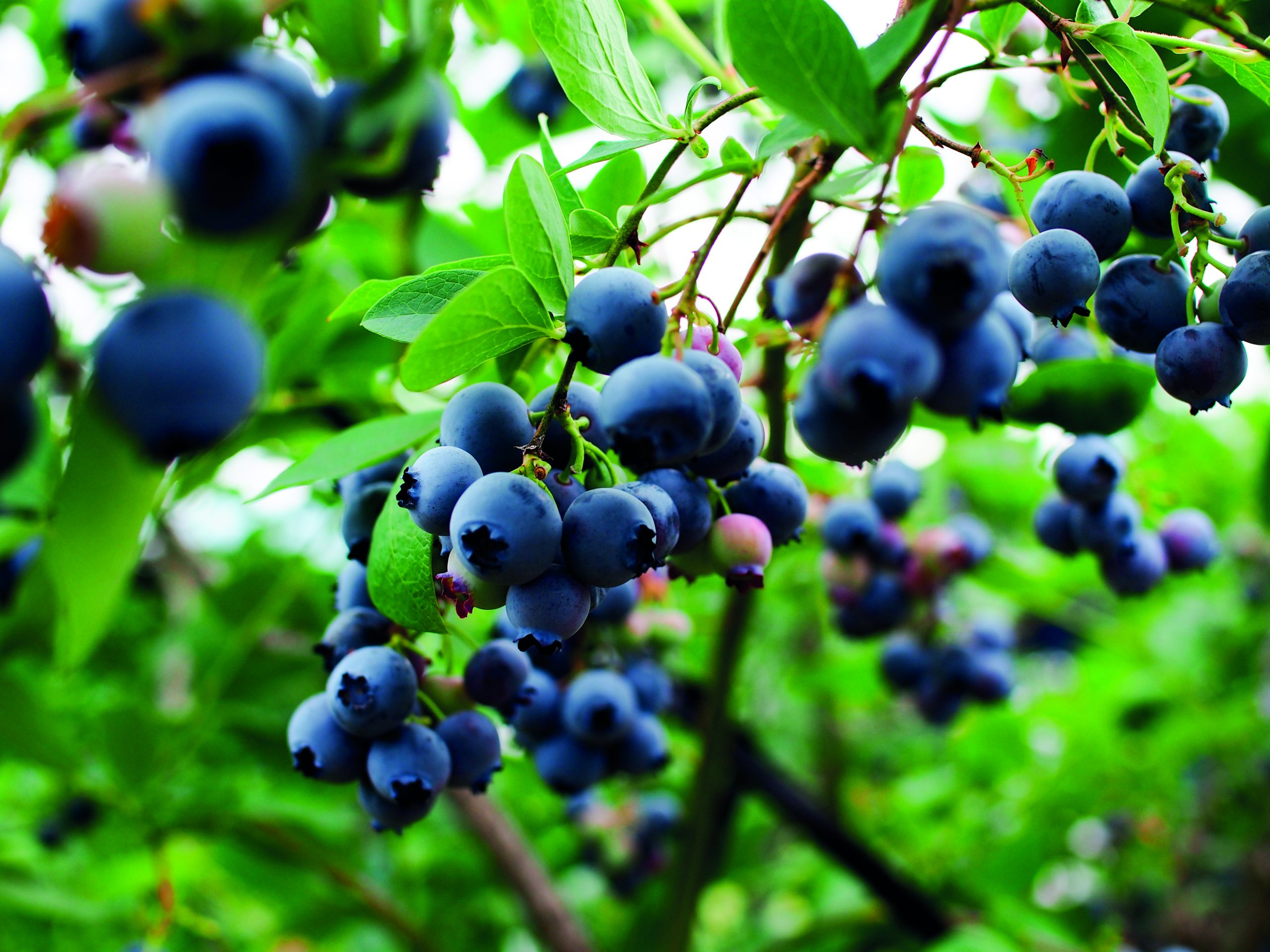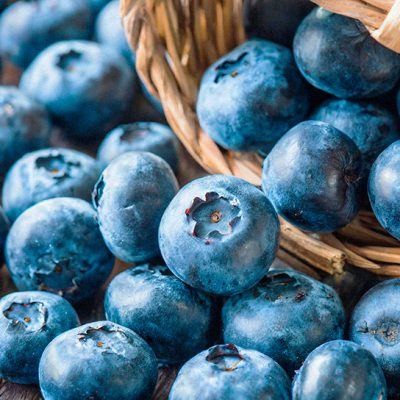U.S.: APHIS recommends lighter fruit fly treatment for blueberry imports
U.S. authorities have recommended a lower temperature requirement for the methyl bromide treatment of fruit fly in blueberries, allowing exporters in Argentina and Uruguay to ship their fruit in better condition.
In a Federal Register notice, the Animal and Plant Health Inspection Service (APHIS) proposed to reduce the necessary treatment temperature from 70°F (21.1°C) or above to 60°F (15.55°C) or above. The agency has determined the adjustment should be immediate.
The measure is outlined in the Plant Protection and Quarantine (PPQ) Treatment Manual for mitigating the risks of Mediterranean fruit fly and South American fruit fly.
The temperature rule is applied as part of a 3.5 hour treatment of the fruit using 2.2lbs of methyl bromide gas for every 1,000ft, at normal atmospheric pressure whether in chambers or under a tarpaulin.
“Because the 70 °F-or-above requirement has presented an undue economic hardship for the exporters, in 2009 Argentina requested and subsequently provided the supporting efficacy data for the Animal and Plant Health Inspection Service (APHIS) to approve a new methyl bromide treatment to be applied in chambers at a lower temperature (59 °F or above) for control of Medfly and South American fruit fly,” the notice said.
“After reviewing the data provided, APHIS found the results to be acceptable with a slight modification of temperature.”
APHIS will be accepting comments on the matter until Aug. 19.
Uruguayan Union of Fruit and Vegetable Growers and Exporters (UPEFRUY) president Horacio Ozer, toldwww.freshfruitportal.com the new measure would affect exporters from both his country and Argentina.
“The management was carried out by APRATUC (Organization of growers from Tucuman, Argentina) who took the initiative of experimenting with the current fumigation treatment but with but with a lower temperature,” he said.
“UPEFRUY accompanied this initiative, also urging the APHIS authorities and participated by cofinancing together with Argentine exporters.
“The substantial improvement is in the fruit condition, as processing the fruit with a lower temperature significantly improves its shelf life.”
He said this better condition would be seen across the supply chain, allowing the fruit to withstand the usual logistical problems in transit.
“We hope that this improvement in the condition will continue to increase the confidence of importers in our product, and finally will mean a higher demand and better returns to growers.”






